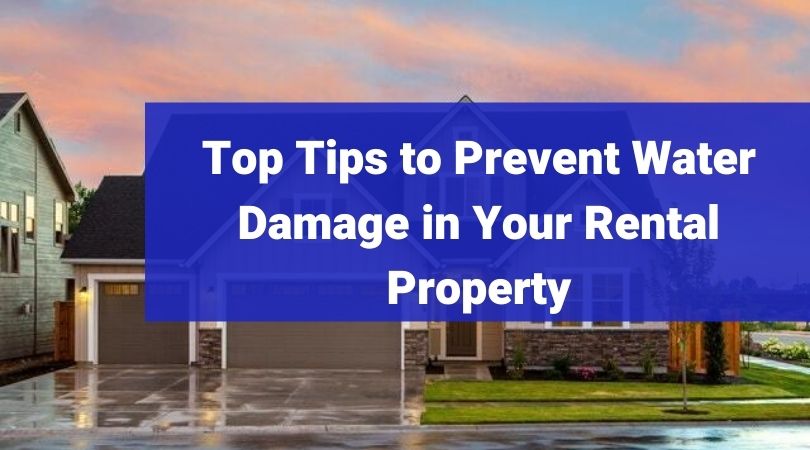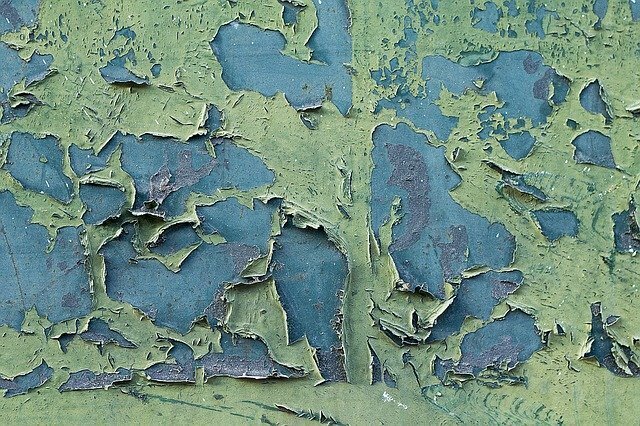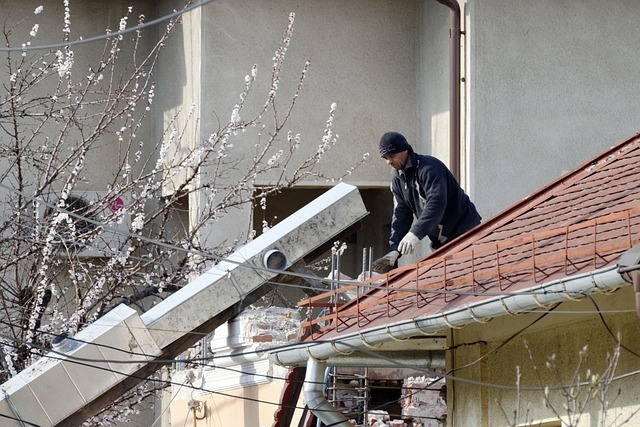
Did you know that an average household leak can end up being 10,000+ gallons of water per year? Just one inch of water damage can destroy flooring, furniture, drywall, and carpeting.
According to iProperty Management, the annual cost of water damage and removal in the U.S. was $13 billions. The daily number of Americans that face a water damage emergency is 14,000. The average home insurance claim for water damage was $10,234. Obviously, it is wise financially to prevent water damage from ever occurring in your rental property. The most common water damage issues are caused by plumbing and appliance issues and then weather-related.
Possible Causes of Water Damage
Hidden water leaks can be a nightmare to diagnose and find, and time is of the essence. The signs may not be apparent right away. It’s critical to track down the leak as soon as water leakage is suspected. The property owner or manager will likely need to hire a plumber or a property restoration company to find and diagnose the problem.
Common causes of water damage include:
- Malfunctioning plumbing fixtures such as toilet
- Malfunctioning appliances such as water heater blowing up
- Old supply hoses on your washing machine; these fail between 8-9 years and will allow water to pour into your home
- Water build-up
- Clogged gutters
- Leaking, blocked, or burst pipes
- Freezing
- Corrosion
- Tree roots
- Pressure due to blocked garbage disposal or other appliances
- New homes with PEX & CPVC can be vulnerable
- Improper pipe insulation, potable water, harsh chemicals
- Rodents may chew through PEX for water
- Sewage backups
The signs of water damage include:

- Mold or mildew in a bathroom or kitchen that returns even after being cleaned
- Ceilings with stains could be water leaking in floors or walls
- Blistering paint and cracking walls
- Water pooling on floor, buckling or cupped wood floors (especially in a slab-foundation home)
- Dry rot in wooden components of the structure
- Sudden increase in your water bill
Tips to Prevent Water Damage
There are several safeguards you can implement to prevent any water damage to your rental property. Whether you’re a landlord, a tenant, or a homeowner, there are several ways you can reduce the risk of water damage to the property. Here are a few tips:
Check your gutters
At a minimum, clean rain gutters at least once a year and remove debris and vegetation build-up. If possible, make sure your gutters are angled downward. This allows for the water to drain away from your property instead of pooling at the edges and seeping into the building foundations.
Check downspouts
If possible, extend gutter downspouts so that they’re well away from the property. The whole point of an effective drainage system is to prevent as much water as possible from collecting around the building, so ensuring downspouts carry the water as far as possible means you’re less likely to develop a flood issue. Also, check downspouts for damage and replace or repair any broken parts.
Grade the yard
Check the grading on the property. In heavy downpours, water can quickly build up on level ground, leaving your property at risk. Rental properties with a naturally sloping yard are ideal for facilitating effective water drainage.
Check outside drains
Check outside drains, especially near doors, and keep them clear of debris.
Check your roof

People often overlook the roof as a potential water damage risk. It’s generally not until you notice water stains on the ceiling that you realize you have a problem. Check your roof at least once a year and repair or replace any damaged or missing shingles to prevent water from seeping into property.
Seal windows properly
Check all windows and repair any cracks around them.
Ensure your sump pump is in proper working order
Sump pumps are designed to quickly remove any water accumulated in the sump pit of your basement or crawlspace. If not checked for damages, a broken sump pump may cause persistent dampness in your property’s basement area.
Check walls for cracks
Cracks in both exterior and interior walls can allow water to seep into the property’s foundations, compromising its structural integrity.
Check for flooding around perimeter walls and drains
If you see any water accumulating around the exterior walls, call a professional to fix structural problems if necessary and seal walls with waterproofing compounds.
Dispose of cooking fats correctly
Cooking oils will solidify when they cool off and can, therefore, contribute to a clogged pipe. Don’t pour fats, oils and grease down drains; instead, store them in a disposable container in the fridge and throw them in the garbage once they’ve hardened.
Keep your floor drains clear of obstructions
Always check your floor drains in wet areas for the build-up of dust, dirt, and hair. Make a habit of cleaning them out once a week or fortnight to reduce the risk of expensive water damage inside the home.